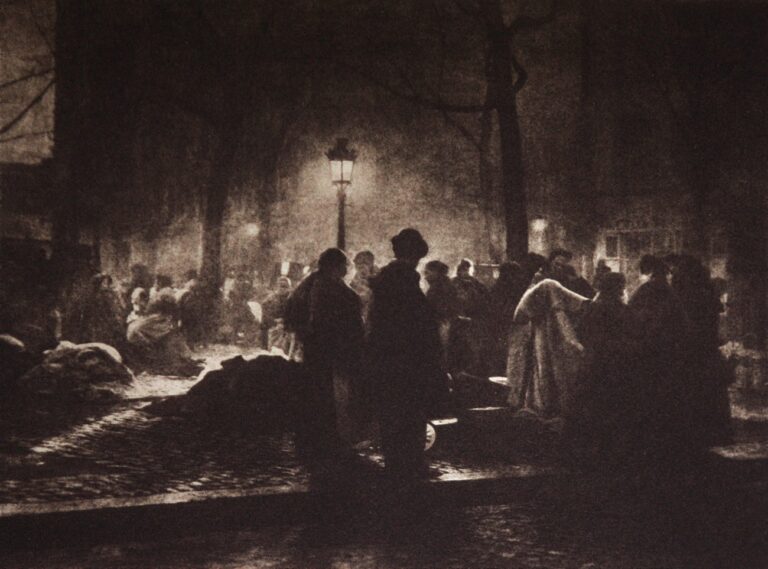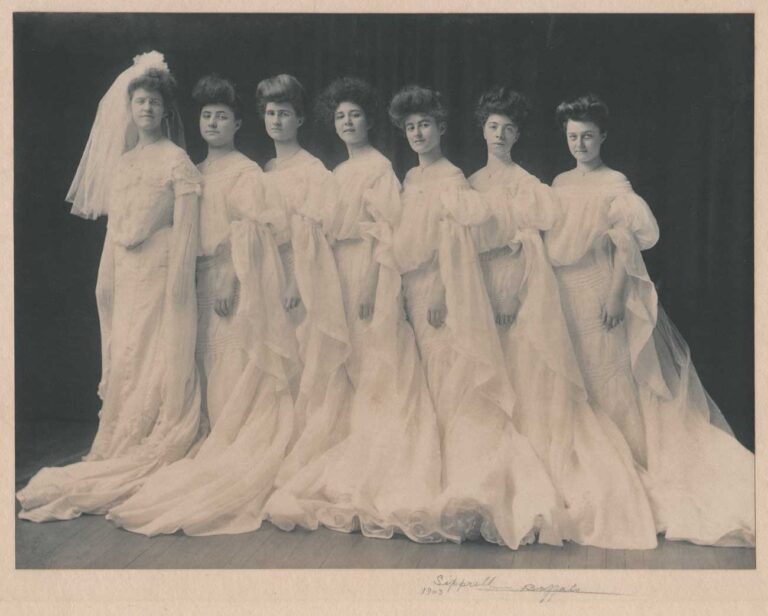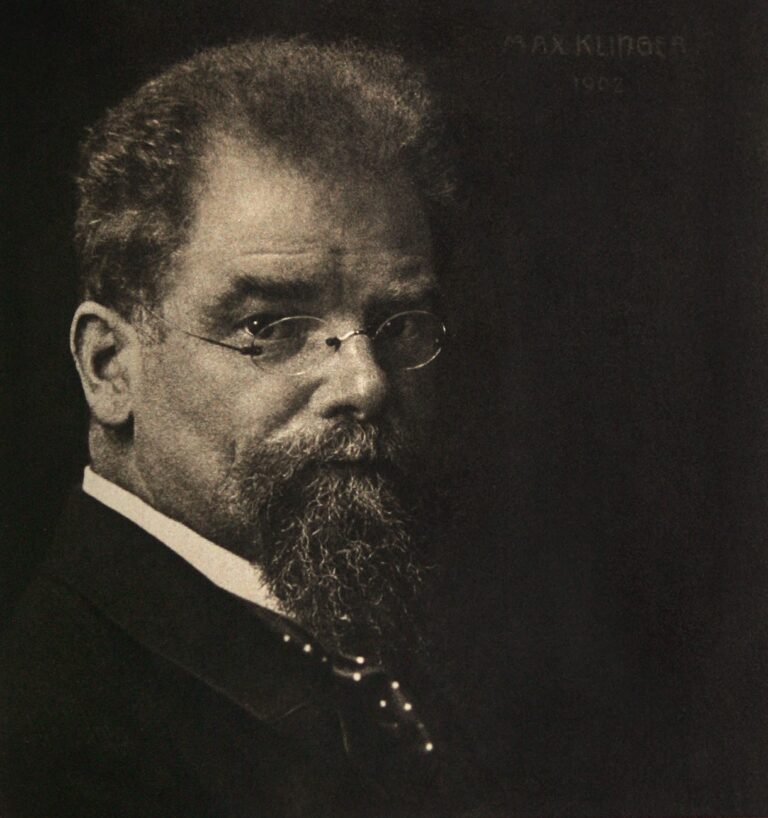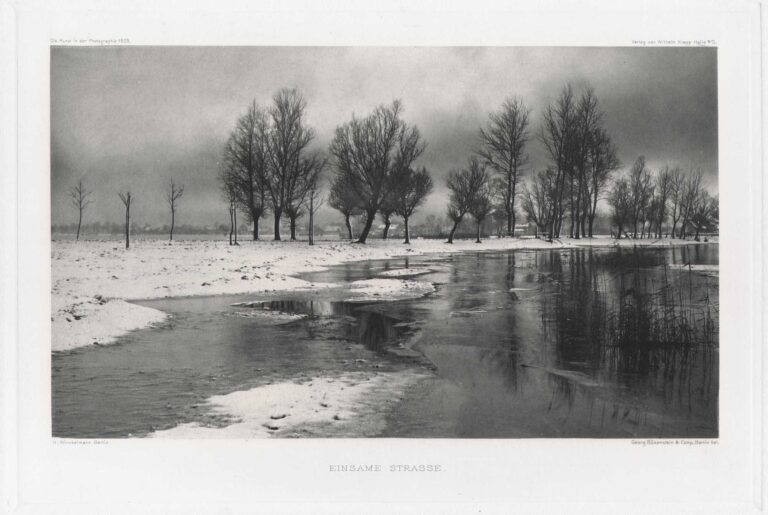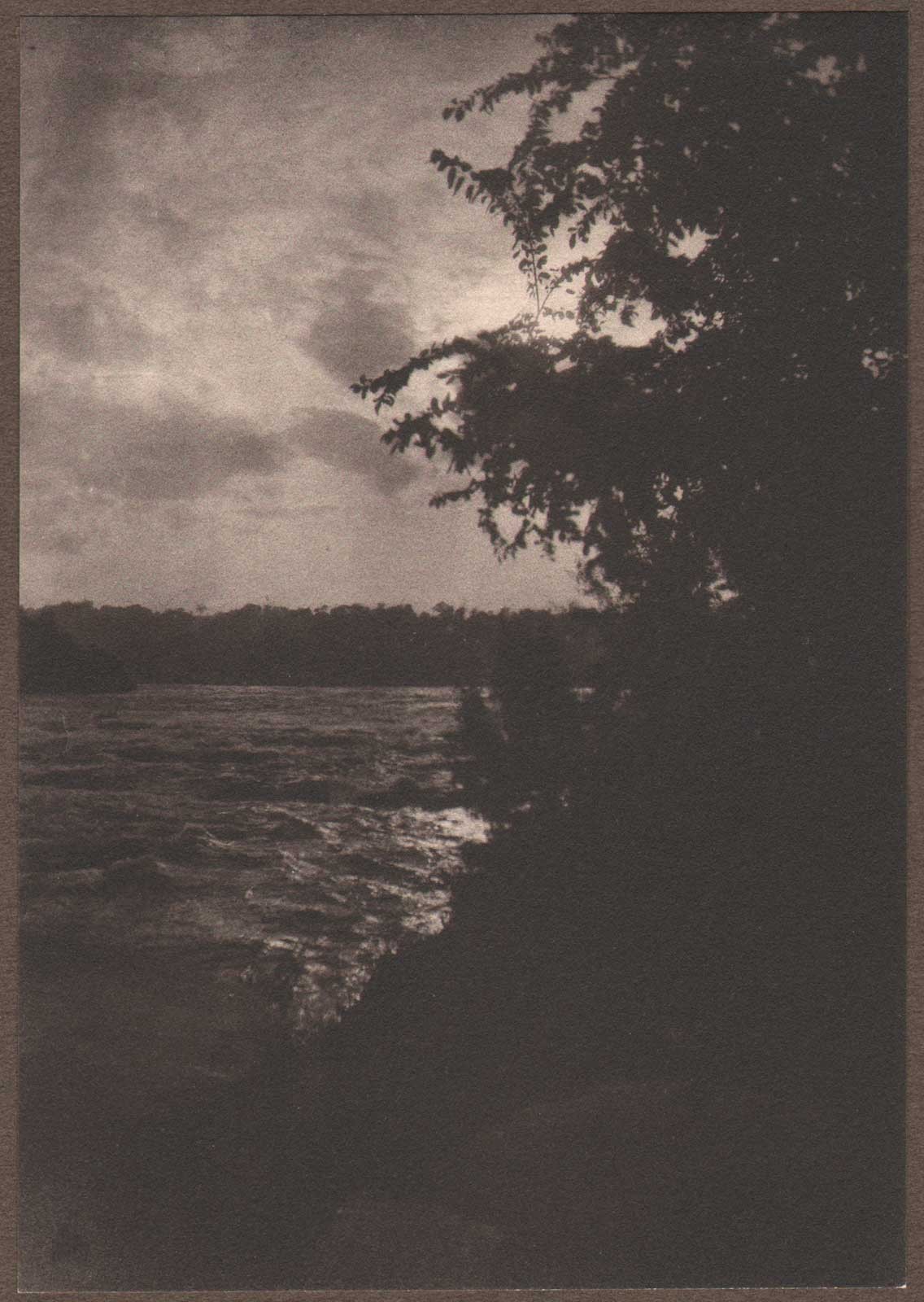
Moonlight
A.T. Proctor was from Huntington, West Virginia at the time this portfolio was published.
Alfred Tobert Proctor: 1864-1933
ALFRED TOBERT PROCTOR, the son of Samuel Proctor and Emily Therlked, was born in April 1864 at Catalpa, a small town north of Culpeper, Virginia. After leaving his home, he commenced his lengthy photographic career Charleston, West Virginia, around 1888, apparently acquiring the studio of Becker & Fell, in partnership with a Elmer B. Tully (Becker opened a studio in Cleveland in 1888). The two men called their firm, Proctor & Tully. In 1892 he hired William Erskine, giving the crippled photographer a job that secure his future as a photographer.
Around 1894 Proctor and Tully moved their business to Huntington opening a studio at 1048 Third Avenue, perhaps leaving Erskine to run the studio in Charleston. In 1897 Erskine joined the two men, and the firm adopted the name of Erskine, Proctor and Tully with their studio on the corner of Eleventh Street and Fourth Avenue. Within a short time Tully left and the firm became Proctor and Erskine. Erskine also soon left Proctor and set up his own business in competition. Proctor opened a new studio in the city’s Post Office Building on Ninth Street. After several moves, Proctor finally located his studio at 1148 Third Avenue in the 1920s, where it remained until his death. His business motto was “Nothing but the best will suffice.”
Proctor became a leading member of the photographic community. He served as president of the American Photographers’ Association for several years, beginning in 1910. Over the years he competed in many exhibitions, garnering numerous awards, including thirty-two gold, silver or bronze medals. Eastman Kodak used his portrait in its advertisements, which appeared in such national magazine as McClure Magazine and Cosmopolitan. His likeness was also used on the cover of the well-known photographic magazine, Portrait, in December 1915.
During his life he was also active in many civic activities, including a number philanthropic endeavors. In 1914 he founded the Huntington Union Mission, an evangelical organization. When its mission changed, becoming a shelter for homeless children, he purchased property in 1920 and opened another mission, calling it the Eighteenth Street Mission after the street on which it was located.
He died suddenly of a heart attack on October 29, 1933, while visiting his half-sister, Mary E. Stone, at Huntington, West Virginia. He was sixty-nine years old at his death. His remains were buried at the Proctor home plot in Culpeper. He had never married.
His sister, Lillian Proctor, and half-sister, Mary E. Stone, continued operating the business as the Proctor Studio with H. Monroe Baker working as the photographer. Mary died in August 1945 Apparently with Mary’s death, Baker and his partner, William Newton, acquired the business, while retaining the Proctor name. The two men closed the studio by 1949. Subsequently, Joseph W. Barta acquired Proctor’s negatives when he opened his own studio the same year. The vast body of Proctors work, numbering thousands of glass negatives, has been preserved as part of the Joseph W. Barta Studio Collection currently housed in the Special Collections, Marshall University.
(Source: © 2010, Special Collections, Marshall University)
